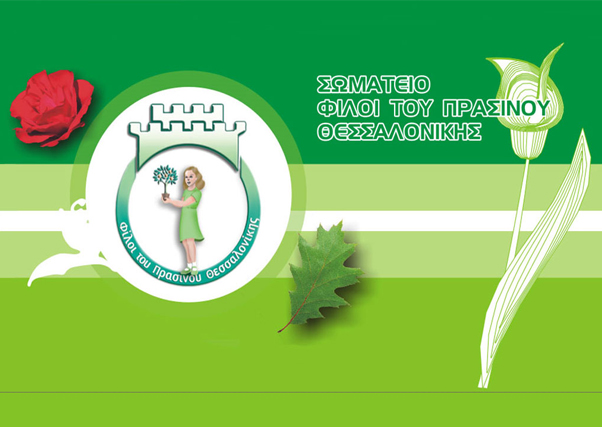Save the temple of the goddess Aphrodite
A strange secret, a unique monument lies at the heart of Thessaloniki at the Square Antigonidon. Behind the construction metal fences on the northeast side of the square is a unique treasure, which was well hidden for centuries. The uniquely beautiful temple of the goddess Aphrodite was erected in the square of the Sacreds in the area which is now the square of Antigonidon. The discovery from the 6th century BC was carried to Thessaloniki by King Aineias (Founder of the city of Aineia). Today this location is the suburbs of the city of Michaniona.
In any other corner of the world, the news of such wealth would mobilize stakeholders and citizens. Unfortunately, the incredible historic value of this monument is in danger because it is located on property where apartments are due to be built. The monument is likely to provide the foundation of this apartment structure, despite the mobilization of citizens of the neighborhood surrounding the square.The monuments is a national heritage and belongs to all future generations of Greeks. It is also a unique attraction for the city of Thessaloniki, in which there are no other Greek monuments. At a time when our country relies on heavy industry and tourism, the corrupt politicians do not care to save one of the greatest treasures of antiquity, which will attract tourists to the second largest city in the country.
When and how the temple was discovered?The Late Archaic temple was dedicated to the goddess Aphrodite. We know this by the excavation fragments found all over the city and from the excavation fragments found on this property during the construction of the apartment foundation. This Ionic architectural style is found all over the city of Thessaloniki. Most of the ruins were excavated in 1936 during the construction of the apartments foundation which is located at the intersection of Crystal street and Government streetThe area now known to us as government House was known in Roman times as the site of the sacred, where there was a concentration of temples and shrines. In 2000, on the occasion of the demolition of a two story building on land locate on Andigonidon square, the archaeologist A. Tassios excavated this rich hidden history of our city. Tassios excavated the temple of Aphrodite, statues of Grecian-Roman times, and many architectural fragments. The columns of the temple which reach 7 meters in height, along with many other treasures are now exhibited in the hall of the Archaeological Museum of Thessaloniki thanks to the efforts of the archeologists and the officers of the 16th department of Prehistoric and Classical Antiquities.
Source: http://www.facebook.com/groups/231374096916622

















